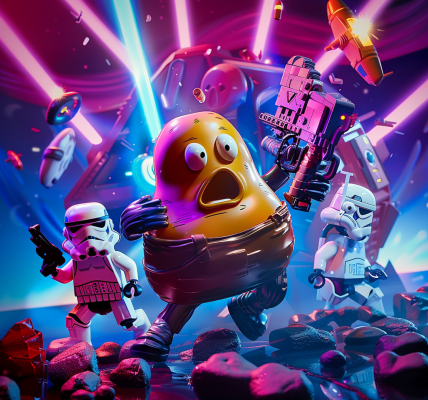Study Reveals Non-Isotropic Behavior of Tropospheric Delays in Global Navigation Satellite Systems
Global navigation satellite systems (GNSSs) provide invaluable positioning data for countless applications, from everyday navigation to scientific research. Tropospheric delays, caused by the refractive properties of the atmosphere, significantly impact the accuracy of GNSS positioning.
In a recent study published in the journal Satellite Navigation, researchers from Shandong University of Science and Technology have introduced a novel concept that Spatial Tropospheric Delays (SPDs) are non-isotropic with respect to azimuth angles, departing from traditional isotropic and anisotropic assumptions.
The study utilized three different mapping functions and conducted evaluations at five International GNSS Service (IGS) stations, employing the ray-tracing method as a benchmark. Comparing SPD accuracy using Vienna Mapping Function 3 (VMF3), the researchers found the smallest residual between VMF3-derived SPDs and ray-traced SPDs. Surprisingly, introducing a horizontal gradient correction for azimuth-dependent SPD variations showed no significant improvement in accuracy.
Dr. Ying Xu, the leading researcher of this study, emphasized the significance of this discovery, stating, “This revelation of non-isotropic tropospheric delays is a game-changer for high-precision GNSS applications. By acknowledging and understanding these variations across azimuth angles, we can develop more accurate models, significantly enhancing the reliability of GNSS positioning systems.”
The discovery of non-isotropic behavior in SPD across different azimuth angles highlights a pivotal aspect previously overlooked in tropospheric delay studies. This finding has the potential to revolutionize high-precision GNSS applications, paving the way for more accurate positioning systems in various fields.





